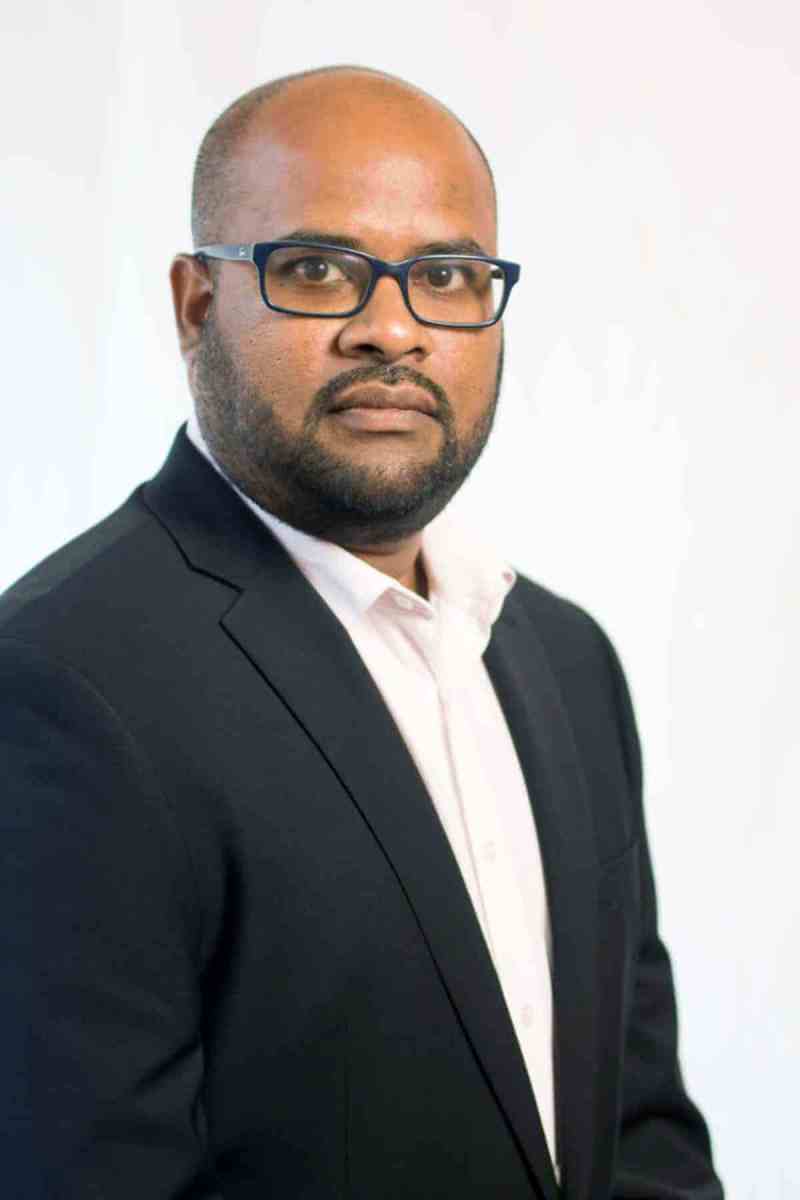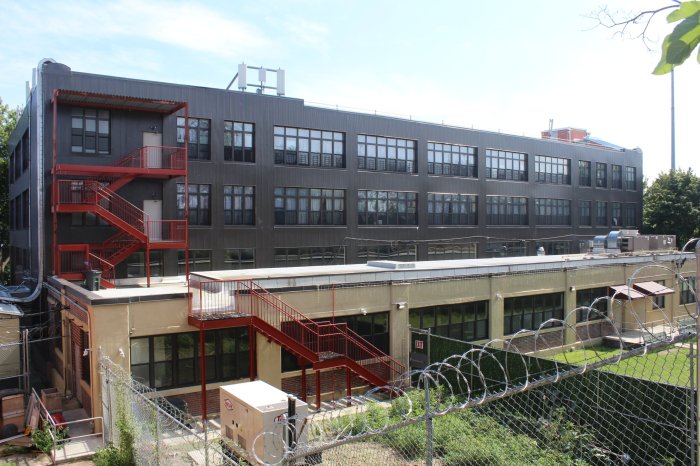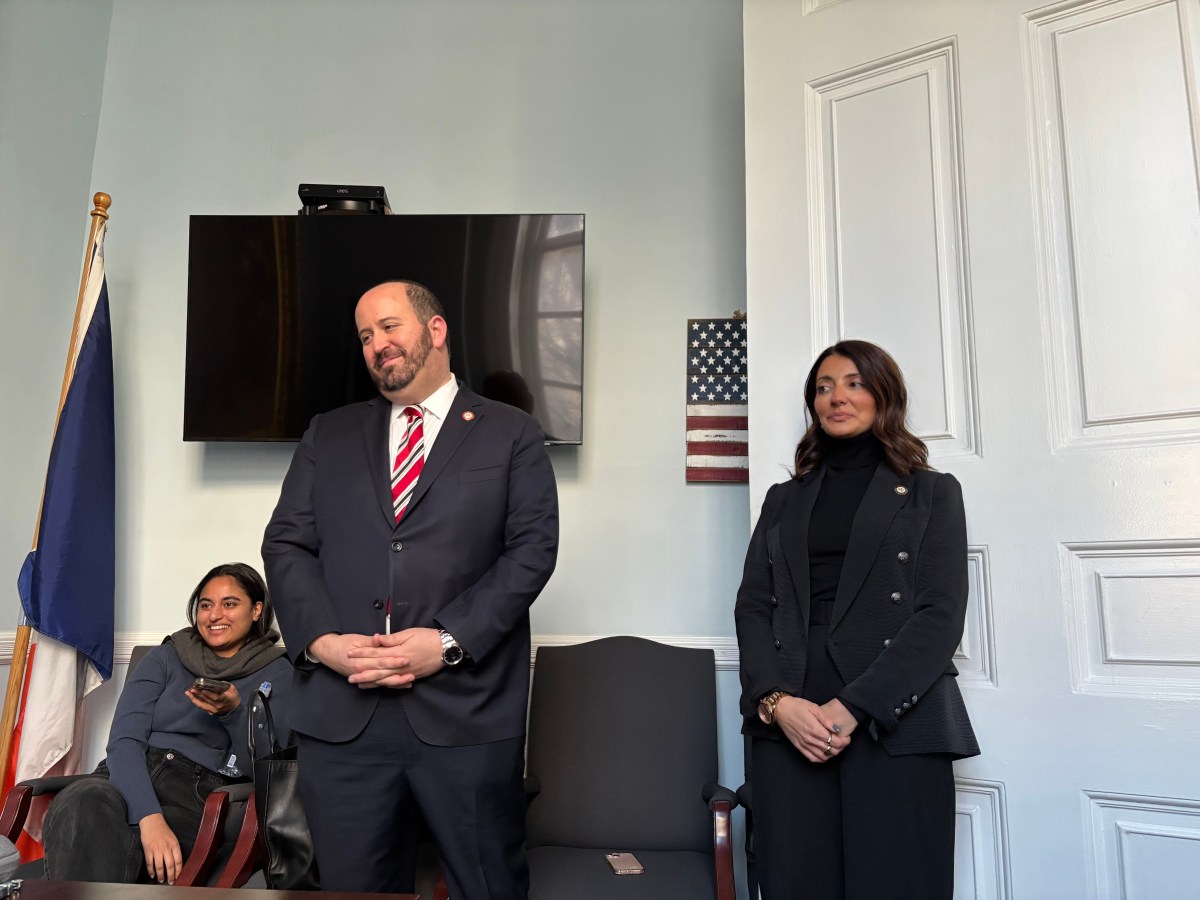A dispute involving allegations and cross-accusations over whether the Guyana government is stifling a leading newspaper, Stabroek News, by denying it advertisement spilled over and into Barbados with the Nation newspapers also accusing Guyana’s administrators of undermining its press.
The issue of Guyana government advertisements in Stabroek News arose when that newspaper in May temporarily halted placement of government ads in its publication because the administration owed Guy$22,118,485 (US1 = Guy$210.45) in outstanding payment for advertisements placed. The newspaper demanded a payment of a substantial amount of the money owed before it resumes publication of government ads.
The newspaper has since claimed that after receipt of a satisfactory amount of the overdue payment it informed government of an intention to begin placing state ads again, but only a few were forthcoming.
It became a Caribbean issue when the Barbados Nation newspapers in its last Sunday edition quoted chief executive officer of One Caribbean Media (OCM), Dawn Thomas, suggesting “that the government of Guyana could be attempting to silence the independent voice of the Stabroek newspaper by denying the paper any government advertising.”
In that edition the Nation also published an editorial claiming, “for more than three months, the Stabroek News has received virtually zero advertising from government agencies in sharp contrast to other newspapers.”
But Guyana’s director of public information, Imran Khan, refuted the Nation’s editorial claim of zero advertising for more than three months as, “wholly false.”
Khan added, “in the month of October 2019 Stabroek News received a total of 171 advertisements from 23 government ministries, departments and agencies.”
OCM is a Trinidad-based media group that holds a financial stake in Stabroek News and owns the Barbados Nation.
Director of communications in Guyana’s Ministry of the Presidency, Mark Archer, produced figures showing that from Jan. 1, 2019, to Sept. 19 Stabroek News received 30 percent of state advertising allocated to newspapers, second only to Kaieteur News on 37 percent.
Kaieteur News is considered Guyana’s leading newspaper followed by Stabroek News.
Further the information supplied by the Guyana government claims that since June 1, 2015, to Sept. 19, Stabroek News received 26 per cent of all state newspaper advertising, again second only to Kaieteur News on 27 percent.
That government came to office in May 2015.
Khan contended that on Sunday when the Nation editorial was published, “a total of 23 government advertisements, including full page advertisements appeared in Stabroek News.”
Government official, Archer, supplied copies of those ads as published in the paper.
Stabroek News’ claim of government discrimination, despite the figures, is reminiscent of an advertisement blockade against this publication that began in 2006 and lasted for a year and a half under the administration of former President Bharrat Jagdeo.
At that time there was no denial of a Stabroek News boycott from the then government.
Now Stabroek News in an Oct. 1, 2019, publication did not deny that the President David Granger administration had been giving it the second largest share of advertising from 2015 up to September, but the accusation of a boycott festers and has taken regional wings.
Governments in Third World and Developing Countries, in which Guyana falls, are usually the largest advertisers and established media place much of their livelihood on revenue from such ads.
So, an accusation of Guyana government forbidding any newspaper from receiving its advertisements could be translated into an attempt at silencing the media outfit.
On the other hand, media houses must be mindful of the impression sent abroad when crying advertising foul, especially when figures show there was no such state denial of ads.


























